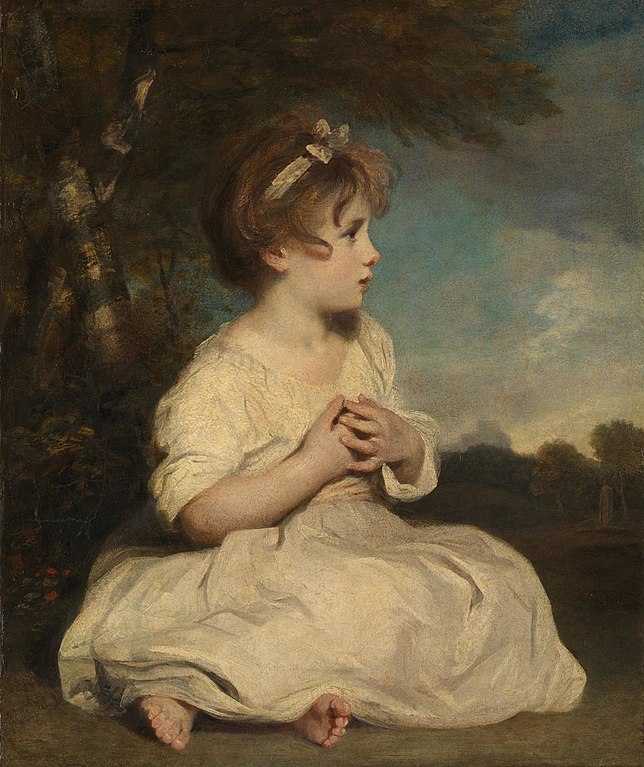
Joseph Aude (dit le Chevalier) est un poète et auteur dramatique français, né le 10 décembre 1755 à Apt et mort le 5 octobre 1841 à Paris. Familier de Buffon, il a écrit la biographie de celui-ci. CONTINUE READING / CONTINUER LA LECTURE…

Joseph Aude (dit le Chevalier) est un poète et auteur dramatique français, né le 10 décembre 1755 à Apt et mort le 5 octobre 1841 à Paris. Familier de Buffon, il a écrit la biographie de celui-ci. CONTINUE READING / CONTINUER LA LECTURE…
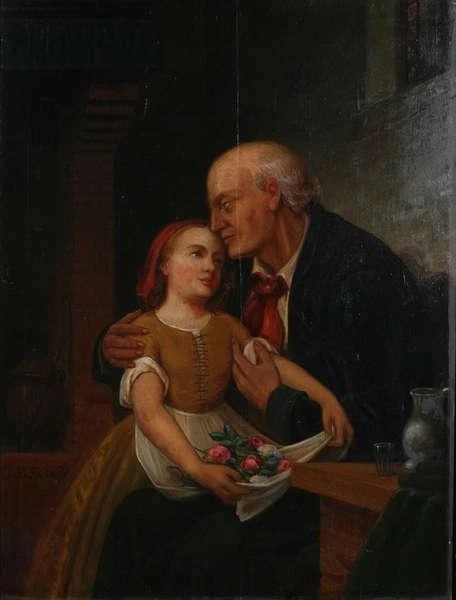
Here is another charming love poem by John Clare, full of freshness, from his beautiful collection Asylum Poems. CONTINUE READING / CONTINUER LA LECTURE…
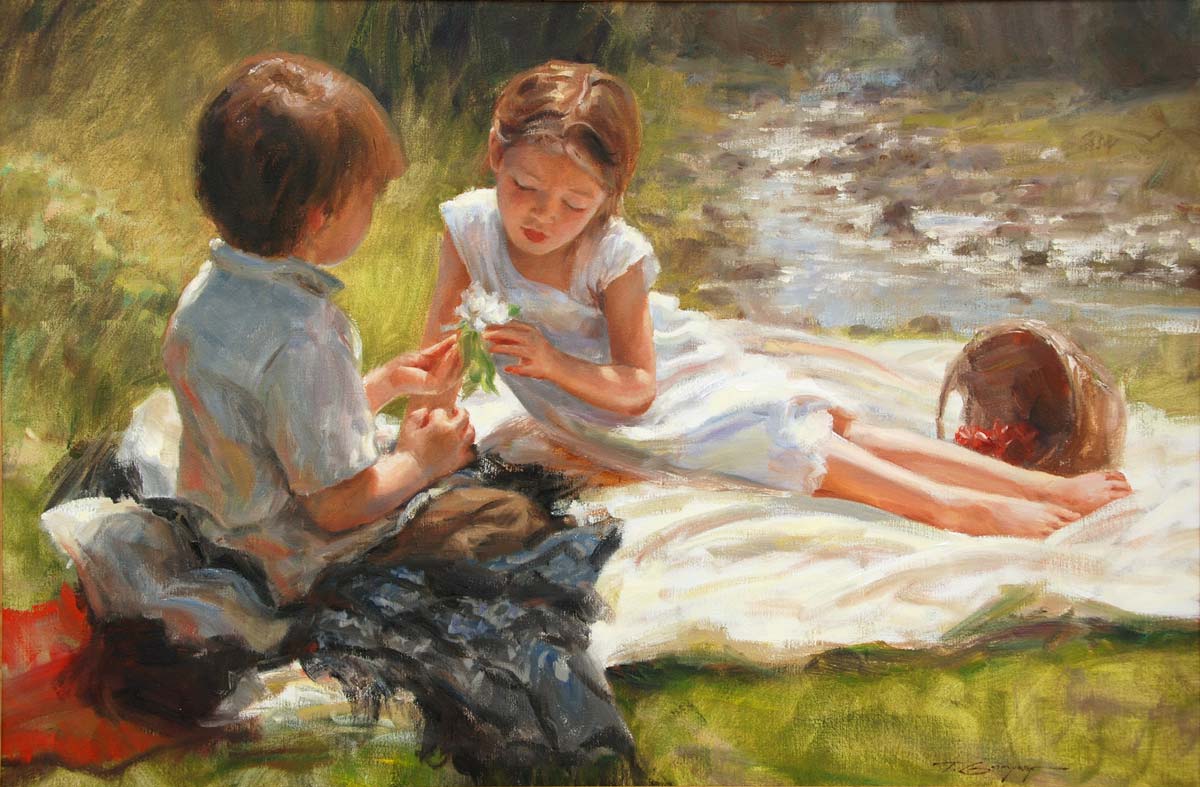
Le chansonnier Jean-Baptiste Clément, né à Boulogne-sur-Seine (Boulogne-Billancourt) le 31 mai 1836 et mort à Paris le 23 février 1903, est connu pour ses chansons « Le Temps des cerises » et « La Semaine sanglante ». Militant ouvrier, il participa à la Commune de Paris, et beaucoup de ses chansons denoncent la misère des prolétaires ainsi que l’avidité et la cruauté des classes possédantes. D’autres, plus joyeuses, exaltent l’amour, la nature et les plaisirs de la vie. La musique de nombre de ses chansons a été composée par Darcier. CONTINUE READING / CONTINUER LA LECTURE…
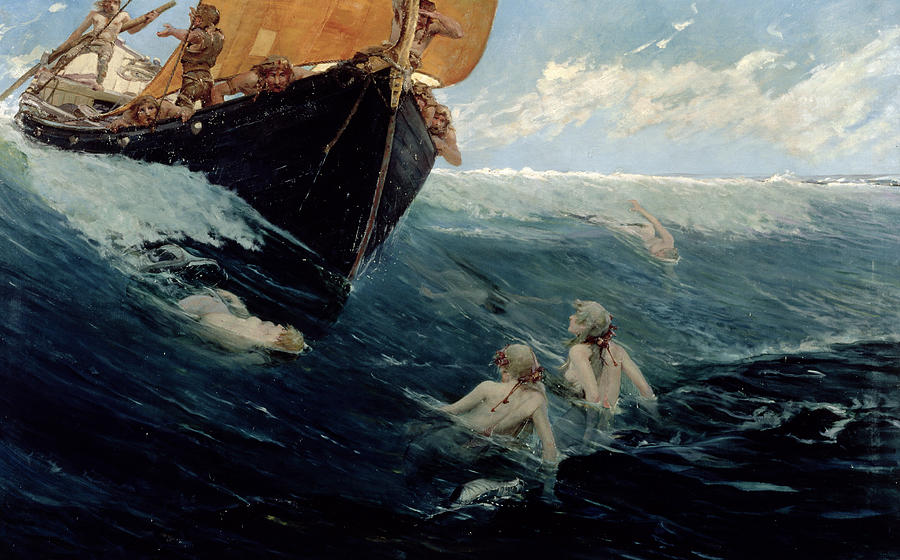
Dowson’s collection of poems Decorations (1899) contained verses, which were reproduced in The Poems and Prose of Ernest Dowson, With a Memoir by Arthur Symons (1905), available as Project Gutenberg Ebook, and in modern Internet collections such as The Poems of Ernest Dowsont on ELCore.Net, the website of E. L. Core. It is not well-known that the collection ended with five poems in prose. They seem to have been written in June 1899, while Dowson was giving the last touch to the publication; indeed he mentions them in two letters to his publisher Leonard Smithers dated that month (see The Letters of Ernest Dowson, no. 397 and 398, pages 414–415). These five short texts are full of sadness and pessimism. Indeed, Dowson was deeply disappointed with his family because of disputes over the inheritance from his deceased parents, his heart was broken as his beloved Adelaide had married another man, and he was sick with tuberculosis, which would kill him a few months later. CONTINUE READING / CONTINUER LA LECTURE…
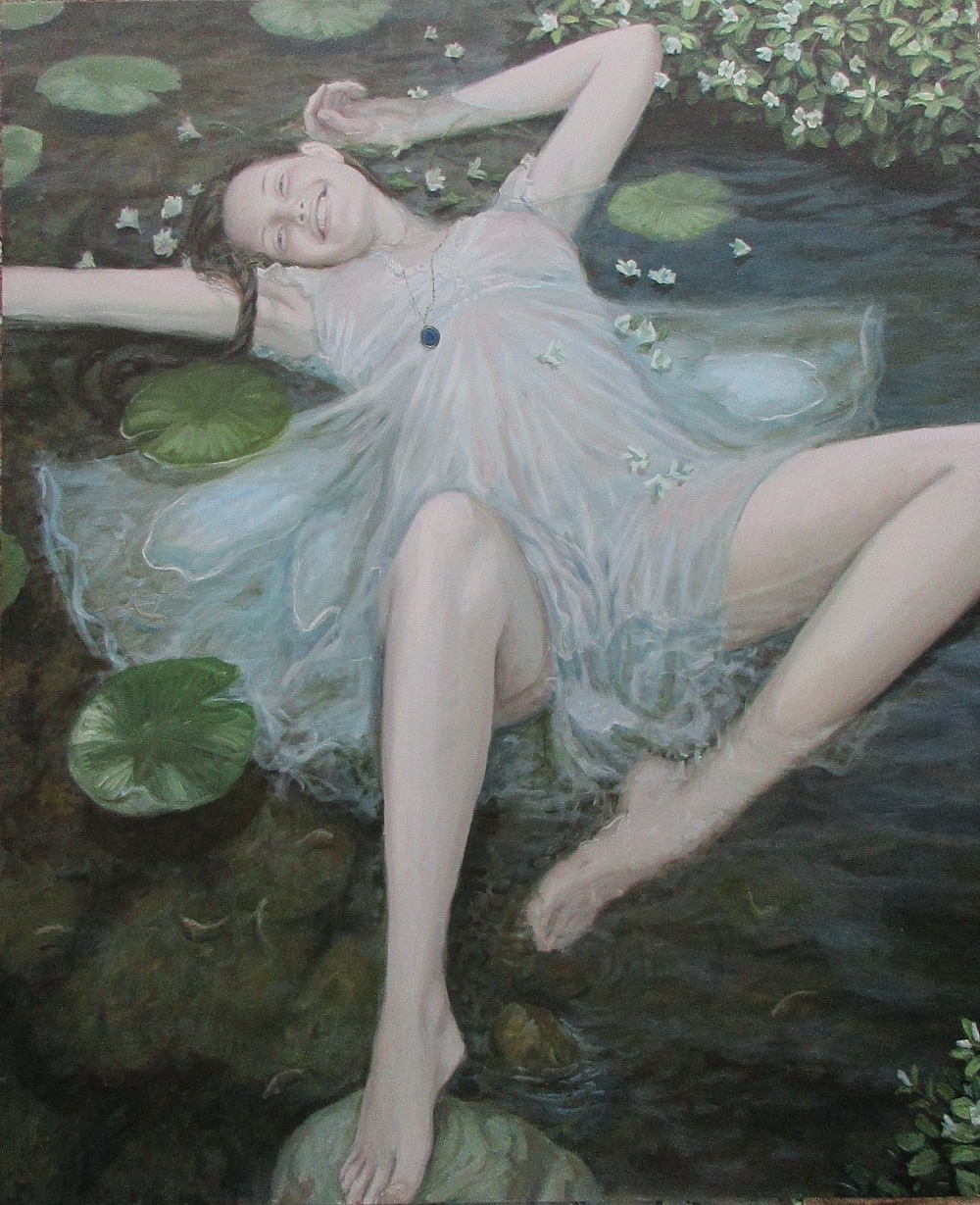
La volonté intérieure, θέλημα, libre de tout préjugé, doit nous guider. Elle fera triompher son amour. CONTINUE READING / CONTINUER LA LECTURE…
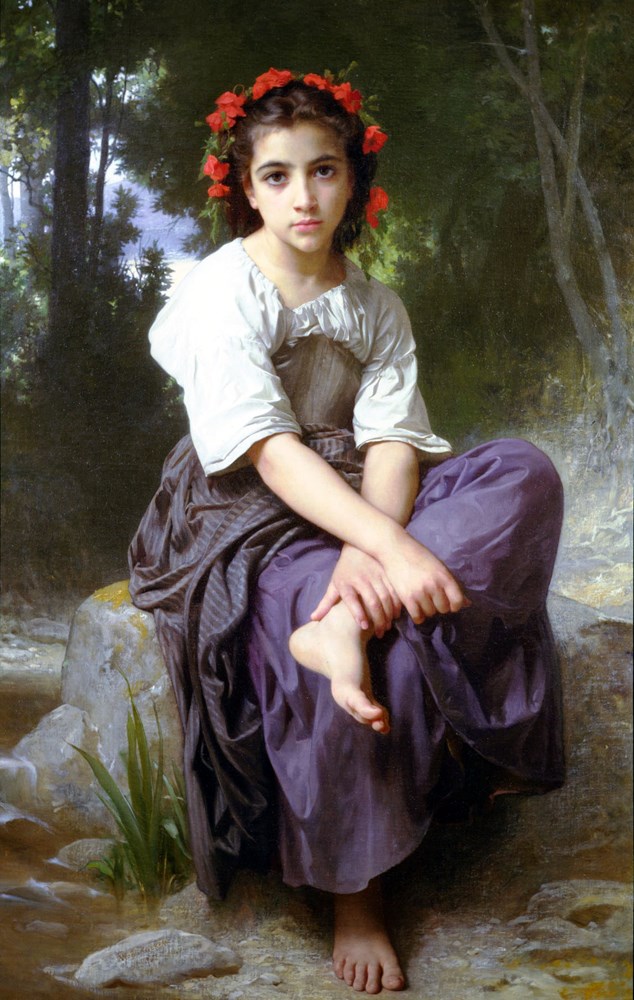
Asylum Poems, the fabulous collection of verses written by John Clare when he was interned in an lunatic asylum, is a real treasure full of beautiful love poems. I give here a charming one, devoted to a young beauty seen walking among the wild flowers of the mountain. CONTINUE READING / CONTINUER LA LECTURE…
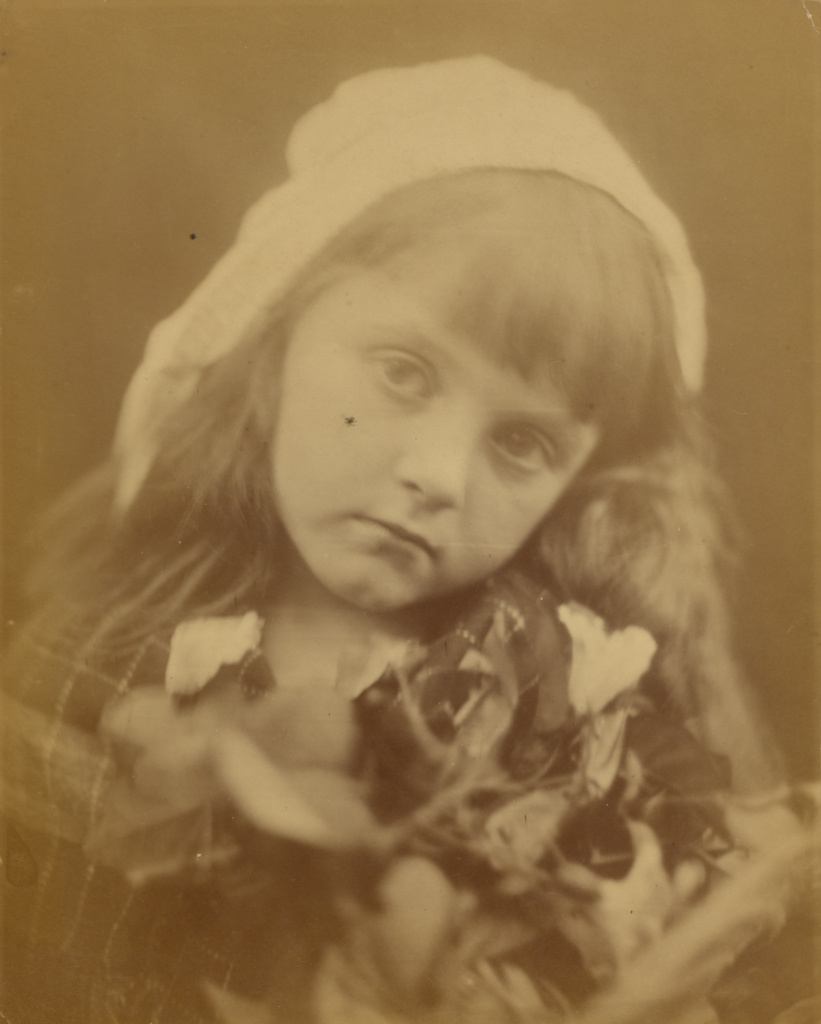
According to Desmond Flower, the poem Jadis was written on August 24, 1889, and it was then called “Rondeau.” It seems that it was first published in Dowson’s volume Decorations in 1899. The title is the French translation of the poem’s first word “Erewhile.” CONTINUE READING / CONTINUER LA LECTURE…
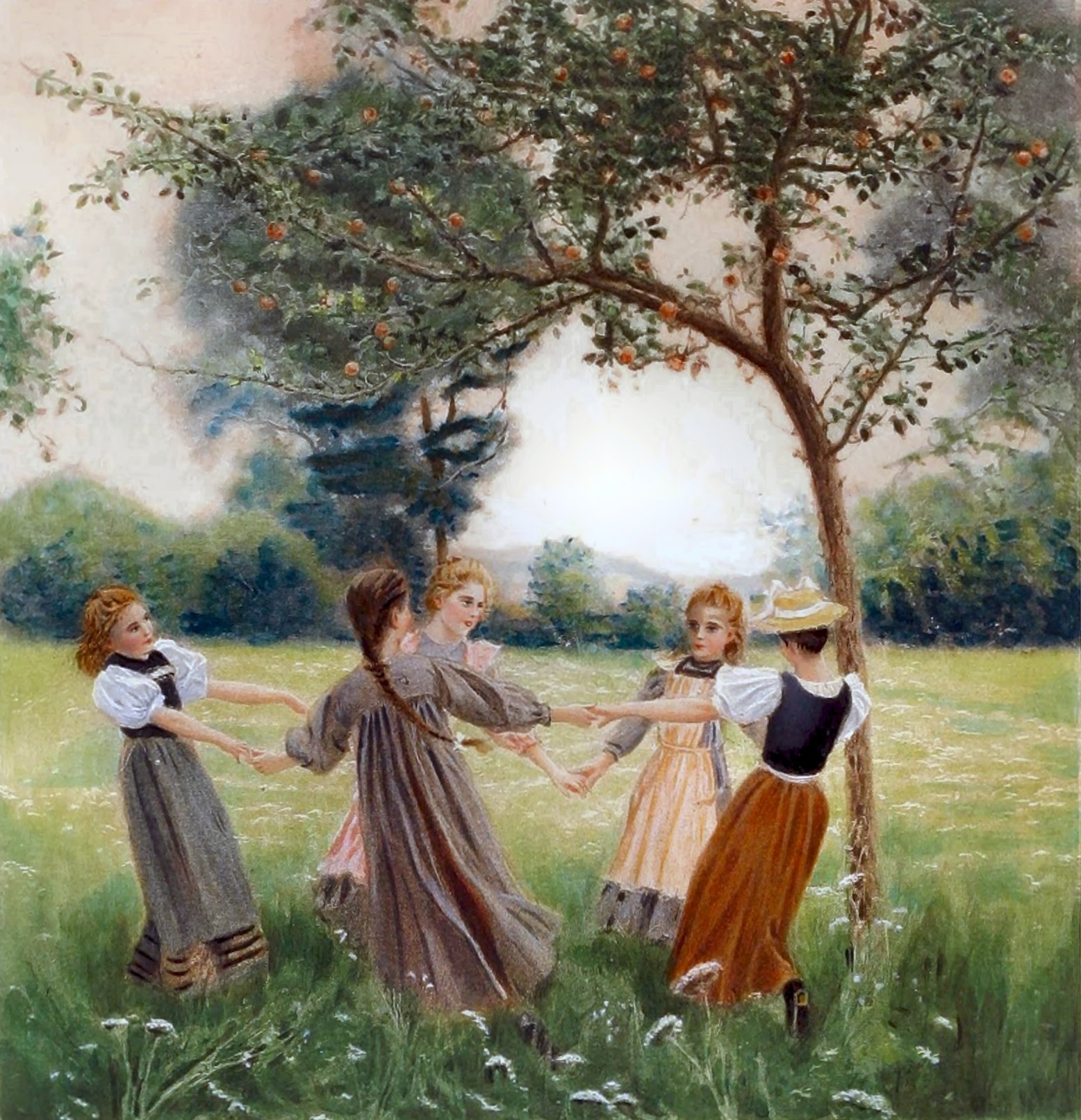
Arnaud Berquin, né à Bordeaux le 25 septembre 1749 et mort à Paris le 21 décembre 1791, est un écrivain, dramaturge et pédagogue français. Il débuta par deux recueils poétiques, les Idylles (1775) et les Romances (1776), et se spécialisa ensuite dans la littérature pour la jeunesse ; il est connu en particulier pour L’Ami des enfants, publié en 12 volumes de 1782 à 1783. CONTINUE READING / CONTINUER LA LECTURE…
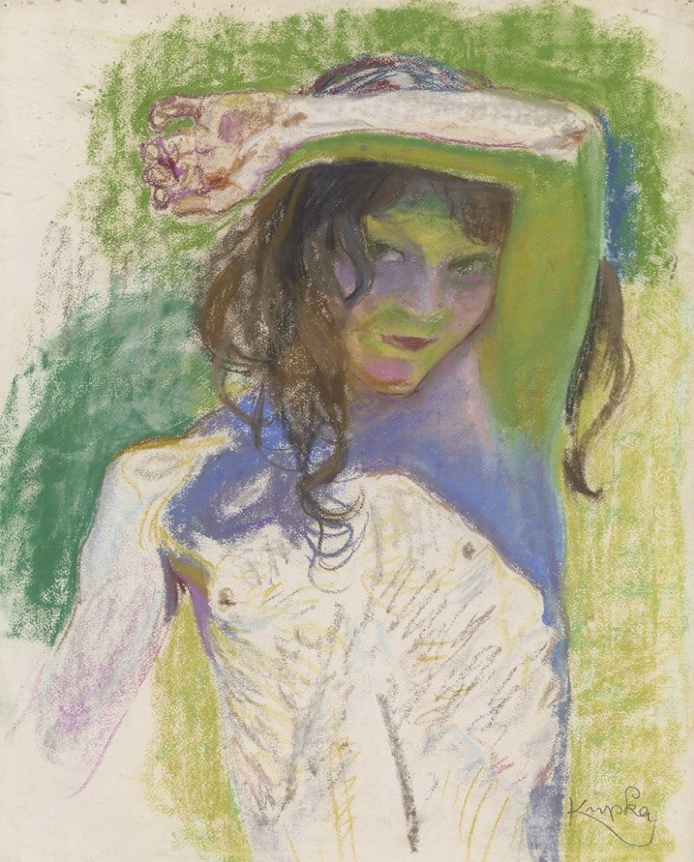
I give here yet another love poem from Asylum Poems, the fascinating collection of verses that John Clare composed when he was interned in an insane asylum because of his schizophrenic hallucinations. Contrasting with his numerous sentimental poems, this piece is sensuous and wild; behind poetic images—and a silence—hides the poet’s fullness of heat and passion. CONTINUE READING / CONTINUER LA LECTURE…
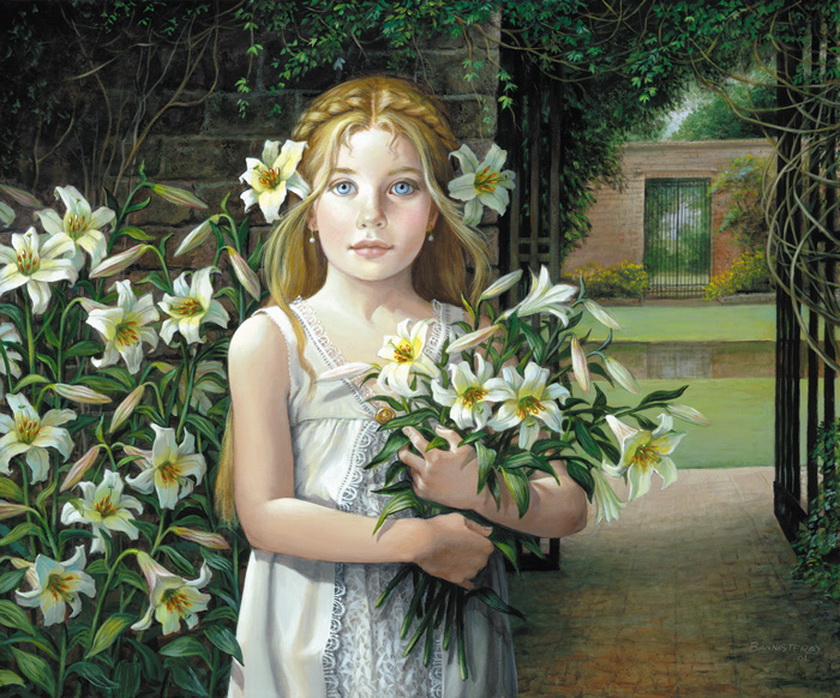
Dowson’s poem Transition was probably first published in the volume Decorations in 1899. According to Desmond Flower, Dowson wrote it on December 26, 1890 (thus a few weeks after Ad Domnulam Suam, of October 19, 1890). In a letter to Arthur Moore dated the same day, he wrote (the misspelling of the name “Carroll” is Dowson’s, not mine): CONTINUE READING / CONTINUER LA LECTURE…